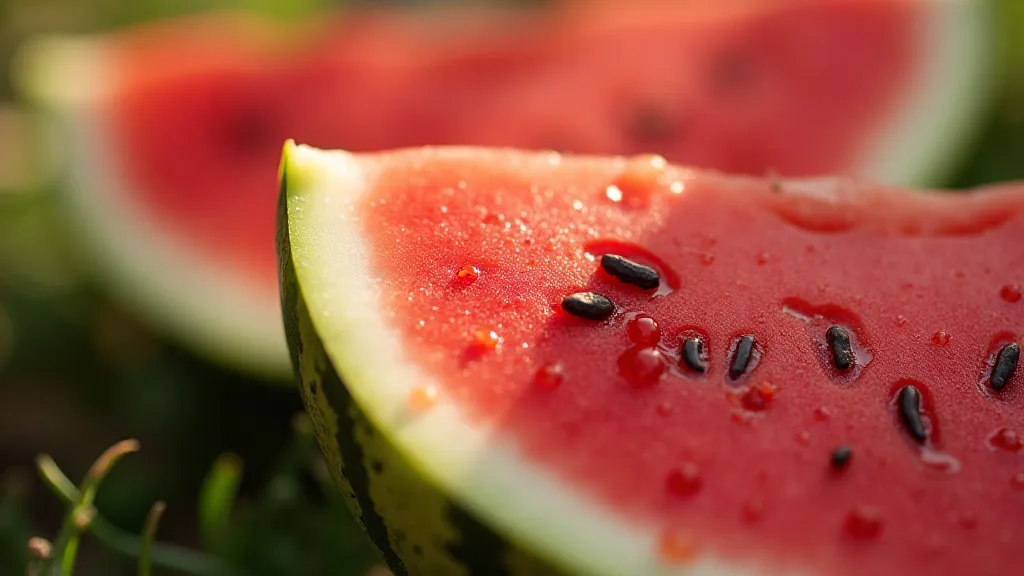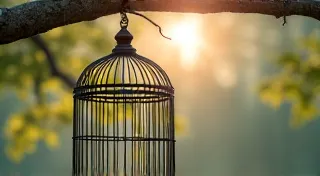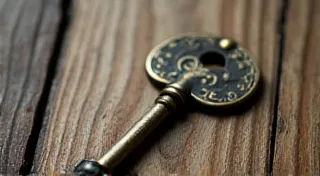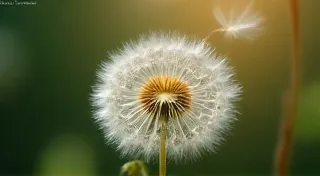The Patience of the Vine: A Watermelon Gardener's Meditation
There's a peculiar sort of melancholy that settles over a watermelon gardener. It's not sadness, precisely. It’s more a quiet recognition of time's vastness, a humbling awareness of our small place within the grand scheme of things. It mirrors, in a strange way, the feeling I get when I hold an antique accordion. These instruments, often overlooked now in a world of digital music, are testaments to a bygone era – a time when craftsmanship reigned supreme and the pursuit of beauty wasn’t measured in likes or shares, but in the meticulous work of skilled hands.
My grandfather, a quiet man of the earth, taught me to grow watermelons. He didn’t offer lectures; instead, he’s presence spoke volumes. Hours were spent weeding, watering, and simply observing. It wasn’t about speed or efficiency; it was about attuning oneself to the rhythm of the vine. He rarely spoke of it as "gardening," more a quiet communion with something bigger than himself. And it was during those silent hours, kneeling in the rich soil, that I began to grasp the interconnectedness of all things.
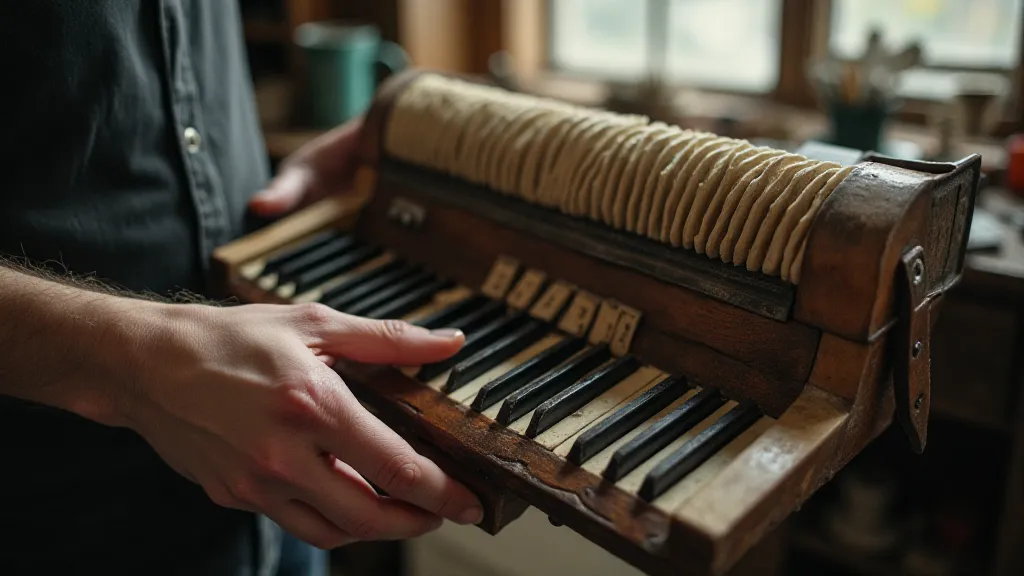
Beyond the Modern Hybrid: Embracing Heirloom Watermelons
Today, we are often seduced by the convenience of modern hybrids – the perfectly uniform fruit, the promised disease resistance, the rapid growth cycle. But there’s a loss in that pursuit. We lose the stories, the history, the unique character that resides within heirloom varieties. These aren't just fruits; they are living artifacts, passed down through generations, each one a testament to the ingenuity and perseverance of those who came before us.
Heirloom watermelons, unlike their modern counterparts, haven’t been bred for uniformity or shelf life. They’re often quirky, irregular, and possess a depth of flavor that’s simply impossible to replicate. Consider ‘Black Diamond’ – a stunningly dark-rinded watermelon with a vibrant crimson flesh and a sweet, almost floral taste. Or ‘Arkansas Queen,’ a charmingly small, round watermelon with a delicate sweetness and delightful crispness. Each bite tells a story, a connection to the past.
The process of growing heirloom varieties isn’t always easy. They can be more susceptible to pests and diseases, and their growth cycles might be longer. But that’s part of the beauty – it’s a reminder that worthwhile things often require patience and dedication. Just as the restoration of an old accordion requires painstaking effort and a deep respect for its history, so too does cultivating an heirloom watermelon.
The Accordion's Echo: Craftsmanship and the Vine
An antique accordion isn't merely a musical instrument; it’s a sculpture of sorts. The bellows, painstakingly stitched together; the keys, precisely weighted and responsive; the reeds, carefully tuned to produce a range of tones—each element a product of intense focus and skill. A skilled accordion maker – an *accordéoniste* – would spend years perfecting their craft. Their instruments are not mass-produced; they are labors of love.
The same reverence for craft applies to the vine. Choosing the right seeds is the first step, selecting varieties that are well-suited to your climate and soil conditions. Preparing the soil is crucial – incorporating plenty of organic matter to provide the watermelons with the nutrients they need to thrive. The early stages are critical; careful attention to watering, weeding, and pest control can make all the difference.
The act of restoration on an accordion can be surprisingly revealing. Carefully disassembling the instrument, cleaning each part, repairing damaged bellows, replacing worn keys—the process reveals the meticulous construction methods employed by the original maker. There’s a certain magic in holding a piece of history in your hands, appreciating the skill and artistry that went into its creation.
Similarly, watching a watermelon vine grow is a lesson in perseverance. You witness the tiny seedlings emerge from the soil, their tendrils reaching out in search of support. You watch as the leaves unfurl, creating a lush canopy that provides shade and protection from the sun. And then, the miracle occurs – a tiny watermelon begins to form, slowly growing larger and heavier with each passing day.
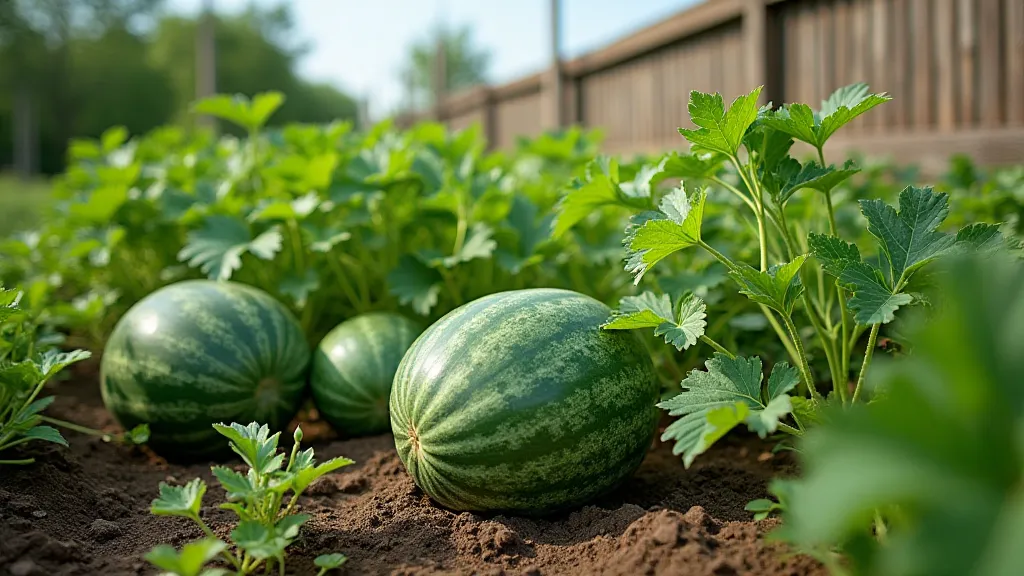
Patience and Mindfulness: The Gardener’s Meditation
Growing heirloom watermelons is not a task to be rushed. It’s a journey, a meditation on the rhythm of nature. It teaches us to slow down, to appreciate the small details, to find beauty in imperfection. Just as a seasoned accordéoniste can coax haunting melodies from an aging instrument, a patient gardener can coax extraordinary flavor and abundance from the earth.
There's a quiet satisfaction in tending to a patch of watermelons – a sense of connection to something ancient and enduring. It's a reminder that we are part of a larger cycle of life, a cycle that has been unfolding for millennia. It's an invitation to be present, to be mindful, to find solace in the simple act of nurturing something beautiful.
The restoration of an old accordion isn’t about bringing it back to a state of pristine perfection. It’s about preserving its character, its history, its soul. Similarly, the beauty of heirloom watermelons lies not in their uniformity, but in their individuality, their quirks, their stories.
And when, finally, the moment arrives to harvest the fruits of your labor – to slice open a ripe, juicy watermelon and savor its exquisite flavor – you’ll understand the true reward of patience and perseverance. It’s a taste of history, a connection to the earth, a moment of pure, unadulterated joy.
